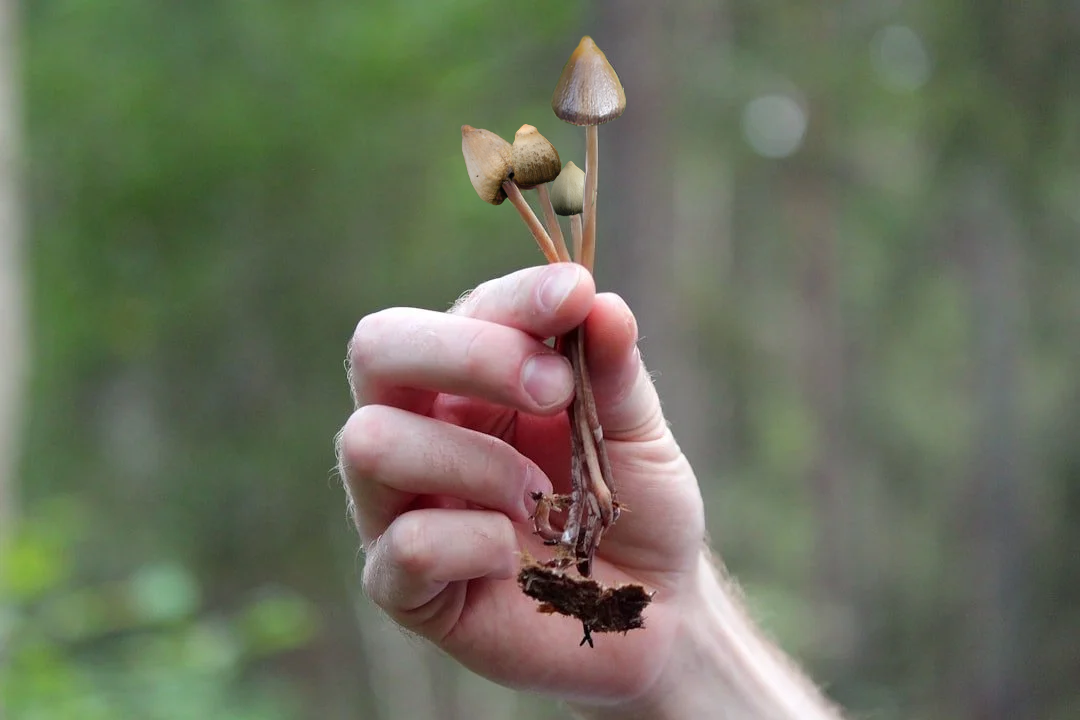
Psykedelisk samfund
Forening for reintegration af psykedeliske substanser i det moderne samfund
fællesskab, viden & ansvarlig forandring
Vil du vide, hvad Psykedelisk Samfund står for? Læs om vores mission, værdier, bestyrelse – og hvordan du kan kontakte os eller blive frivillig.
Bliv en del af Danmarks største fællesskab for psykedelisk oplysning og etik.
Vi arbejder for at bringe psykedelika tilbage i samfundet – med ansvar og omtanke.
Hvad er psykedelisk samfund?
En forening for ansvarlig psykedelisk udvikling
Psykedelisk Samfund er en landsdækkende forening, der samler mennesker med interesse for psykedelikaens potentiale og udfordringer.
Vi arbejder for en samfundsmæssig (re)integration af psykedelika – funderet i etik, videnskab og menneskelige erfaringer.
En forening for ansvarlig psykedelisk udvikling
VI ARBEJDER FOR
Oplysning
Fakta, forskning og reflektioner om psykedeliske substanser, mikrodosering og terapeutisk anvendelse.
Fællesskab
Netværk og trygge rum for erfaringsudveksling og læring – på tværs af baggrunde.
Psykedelisk etik
Fokus på ansvarlighed, tryghed og bevidst brug – både i det personlige og det professionelle felt.
Hvorfor blive medlem?
Dit medlemskab gør en forskel – og giver dig adgang til et voksende fællesskab
Som medlem af Psykedelisk Samfund støtter du en nuanceret og evidensbaseret samtale om psykedelika.
Samtidig får du adgang til eksklusive arrangementer, viden og netværk med andre, der deler din interesse.
Fordele ved medlemskab:
-
Foredrag, events, integrationsinitiativer mm.
-
Integrationsinitiativer, gåture, kaffemøder, bogklub mm.
-
Hold dig opdateret på nyheder i både foreningen og feltet generelt
-
Vær med til at bidrage til et felt i rivende udvikling
-
Forbind dig med andre ligesindede og find måske din kommende behandler eller facilitator
BLIV MEDLEM
Som medlem støtter du en forskningsbaseret tilgang til psykedelika i mental sundhed, fremmer social reintegration og deltager i et stærkt fællesskab. Sammen skaber vi en åben, oplyst dialog og former fremtidens behandlinger. Meld dig ind og gør en forskel!

Arrangementer
Fællesskab & udvikling
Vi afholder løbende arrangementer i hele landet med fokus på viden, etik og fællesskab.
Som medlem får du adgang til eksklusive events og mulighed for at bidrage aktivt.
Vidensbank
Fakta og forskning om psykedelika
Gå på opdagelse i vores vidensunivers om psykedeliske stoffer, integration, mikrodosering og psykedelisk terapi.
Vi formidler viden med respekt for både videnskabelig evidens og erfaringsbaseret indsigt.
-
Du kan altid kontakte os via e-mail. Vi bestræber os på at svare hurtigst muligt.
Navn: Psykedelisk Samfund
Adresse: Rydsletten 7, st. tv, 2720 Vanløse
c/o: Michael Rasmussen
CVR-nummer: 38155865E-mail: kontakt@psykedelisksamfund.dk
Hvornår kan jeg forvente svar?
Vi svarer normalt inden for 1–3 hverdage. I travle perioder kan svartiden være lidt længere.Har I en fysisk adresse jeg kan besøge?
Vi har ingen faste åbningstider eller fysisk besøgsadresse. Al henvendelse foregår som udgangspunkt digitalt.Hvad gør jeg ved presserelaterede henvendelser?
Send en mail med emnet “Presse” til kontakt@psykedelisksamfund.dk, så vender vi tilbage hurtigst muligt. -
Persondata
Vi indsamler kun de oplysninger, der er nødvendige for at levere vores ydelser, fx navn, e-mail, adresse og betalingsoplysninger.
Formålet er at administrere medlemskaber, sende information og håndtere køb via webshoppen.
Oplysninger deles kun med tredjepart, når det er nødvendigt, fx til levering, eller hvis det kræves ved lov.
Data opbevares så længe det er nødvendigt eller lovpligtigt.
Vi anvender sikre tekniske og organisatoriske foranstaltninger, men kan ikke garantere 100 % sikkerhed.Dine rettigheder
Du har ret til indsigt, rettelse, sletning og indsigelse mod behandling af dine oplysninger samt til at klage til Datatilsynet.Ændringer
Politikken kan ændres løbende. Brug af hjemmesiden efter ændringer betragtes som accept.———
HandelsbetingelserGenerelt
Køb via webshoppen kræver, at du er mindst 18 år. Betingelserne er gældende ved alle køb.Ydelser
Vi tilbyder medlemskaber, billetter og nyhedsbreve. Medlemskab giver adgang til arrangementer og støtter vores arbejde.Priser og betaling
Medlemskab koster 250 kr. årligt og fungerer som abonnement. Betaling sker med de gængse kort.Levering
Medlemskab aktiveres ved betaling. Billetter sendes via e-mail.Fortrydelsesret
14 dages fortrydelsesret. Tilbagebetaling sker senest 14 dage efter modtagelse.Reklamation
2 års reklamationsret jf. købeloven. Ved fejl kontakt os skriftligt.Lovvalg
Alle aftaler er underlagt dansk ret og afgøres ved domstolene i Foreningens hjemsted.———
Abonnementsbetingelser
Medlemskab betales årligt og fornyes automatisk. Betaling trækkes på indmeldelsesdatoen. Ved fejl i betaling bliver medlemskabet midlertidigt deaktiveret.
Kvittering sendes på e-mail. Abonnementet kan opsiges eller ændres til enhver tid via medlemssiden. -
Hvordan behandler Psykedelisk Samfund mine personoplysninger?
Vi behandler kun de oplysninger, der er nødvendige for at levere vores ydelser – fx navn, e-mail, adresse og betalingsoplysninger. Vi passer godt på dine data og deler dem kun, når det er nødvendigt (fx ved levering af billetter).Hvad bruger I mine oplysninger til?
Dine oplysninger bruges til:
– at administrere dit medlemskab
– at gennemføre køb og betaling
– at sende nyhedsbreve og foreningsrelateret information
– at besvare henvendelser
– statistik og forbedring af hjemmesidenBliver mine oplysninger delt med andre?
Kun hvis det er nødvendigt eller hvis det kræves ved lov.Hvor længe gemmer I mine oplysninger?
Vi gemmer oplysninger, så længe det er nødvendigt for formålet eller ifølge lovgivningen. Ved medlemskab gemmes data, indtil du melder dig ud.Hvilke rettigheder har jeg?
Du har ret til:
– indsigt i dine data
– at få dem rettet eller slettet
– at gøre indsigelse mod behandling
– at trække samtykke tilbage
– at klage til DatatilsynetHvordan beskytter I mine data?
Vi bruger både tekniske og organisatoriske sikkerhedsforanstaltninger. Selvom vi gør alt for at beskytte dine data, kan fuld sikkerhed ikke garanteres. -
Bruger Psykedelisk Samfund cookies?
Ja, vores hjemmeside (bygget i Squarespace) anvender cookies for at fungere korrekt og give dig en bedre brugeroplevelse.Hvad er cookies?
Cookies er små tekstfiler, som gemmes på din enhed, når du besøger en hjemmeside. De bruges bl.a. til at huske dine præferencer, forbedre funktionalitet og analysere trafik.Hvilke typer cookies bruger I?
Squarespace anvender typisk følgende typer cookies:Nødvendige cookies: Sikrer at siden fungerer teknisk korrekt (fx login, indkøbskurv, sikkerhed).
Funktionelle cookies: Husker dine valg og forbedrer brugervenlighed.
Analysecookies: Hjælper os med at forstå, hvordan siden bruges (via Squarespace Analytics).
Markedsføringscookies: Bruges, hvis vi integrerer tjenester som nyhedsbrev eller sociale medier (valgfrit).
Skal jeg acceptere cookies?
Ja, for at bruge siden fuldt ud. Når du besøger hjemmesiden første gang, vises en cookie-meddelelse. Ved at fortsætte brugen accepterer du vores brug af cookies. Du kan altid ændre dine indstillinger i din browser.Kan jeg fravælge cookies?
Ja, du kan slette eller blokere cookies via din browser. Bemærk dog, at visse funktioner på hjemmesiden kan holde op med at virke korrekt.Bruger I cookies til tredjepartsformål?
Squarespace kan placere tredjepartscookies, fx fra integrerede videoafspillere, sociale medier eller analyseværktøjer. Vi har ikke adgang til disse data – de håndteres af den pågældende tredjepart.Hvor kan jeg læse mere?
Du kan læse mere om Squarespace og cookies her:
https://support.squarespace.com/hc/en-us/articles/360001264507 -
Psykedelisk Samfund støtter åben vidensdeling og fællesskab. Derfor stiller vi alt indhold på denne hjemmeside frit til rådighed under følgende vilkår:
Creative Commons – Navngivelse / Del på samme vilkår (CC BY-SA 4.0)
Det betyder:Du må dele, kopiere og videreformidle indholdet i enhver form og til ethvert formål – også kommercielt
Du må tilpasse, remixe og bygge videre på indholdet
På følgende betingelser:
Navngivelse
Du skal kreditere Psykedelisk Samfund, angive et link til licensen og oplyse, om der er foretaget ændringer.Del på samme vilkår
Hvis du ændrer, remixer eller bygger videre på materialet, skal du udgive det under samme licens.
Læs mere om licensen her:
creativecommons.org/licenses/by-sa/4.0 -
Du kan til enhver tid opsige dit medlemskab – senest inden næste betalingsdato.
Sådan gør du i Squarespace:
Log ind på psykedelisksamfund.dk
Klik på dit navn eller profil-ikon (øverst til højre)
Gå til “My Account” eller “My Subscription”
Klik på “Cancel Subscription” og bekræft opsigelsen
Dit medlemskab vil være aktivt indtil den betalte periode udløber, hvorefter det afsluttes automatisk.
Indtil da har du fuld adgang til alle medlemsfordele.






